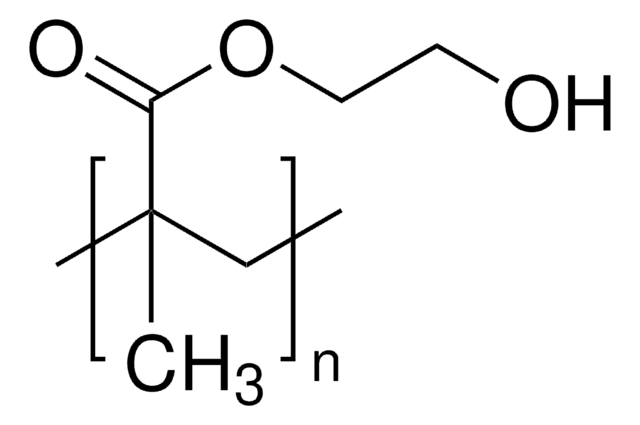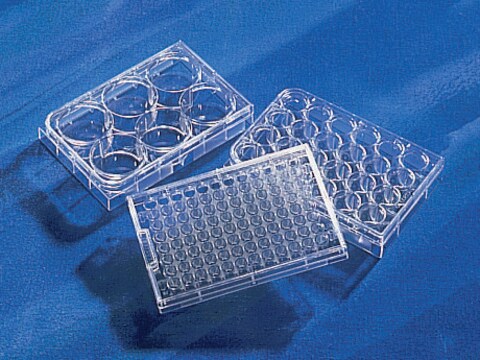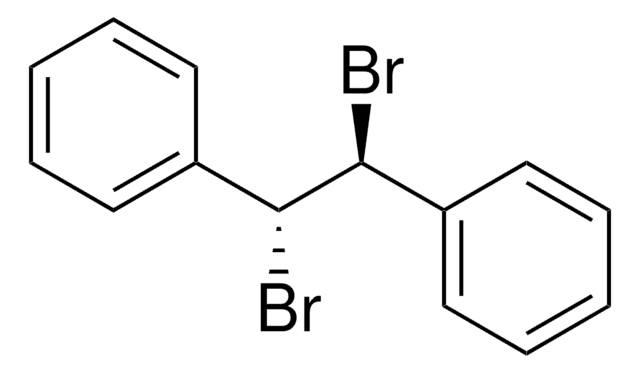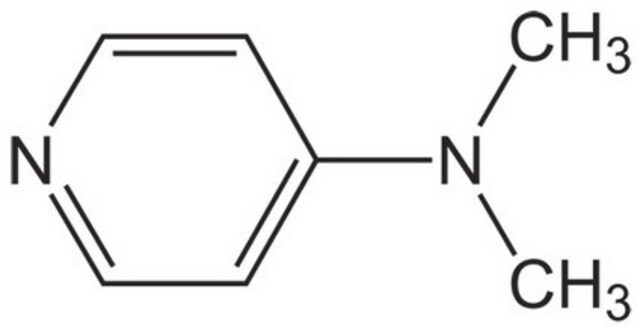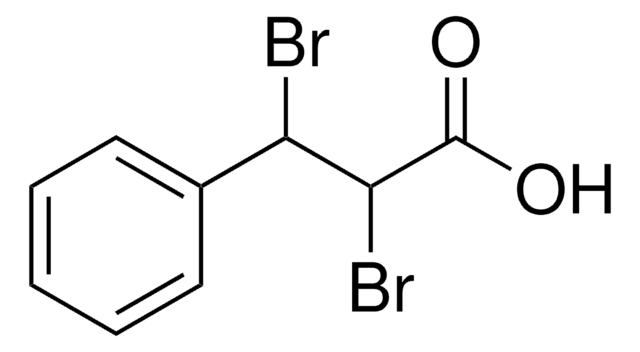MABS2282
Anti-SIRPA Antibody, clone MY-1
Synonim(y):
Tyrosine-protein phosphatase non-receptor type substrate 1;SHP substrate 1;SHPS-1;Brain Ig-like molecule with tyrosine-based activation motifs;Bit;CD172 antigen-like family member A;Inhibitory receptor SHPS-1;MyD-1 antigen;Signal-regulatory protein alpha-
About This Item
IF
IP
WB
inhibition assay
immunofluorescence: suitable
immunoprecipitation (IP): suitable
inhibition assay: suitable
western blot: suitable
Polecane produkty
pochodzenie biologiczne
rat
Poziom jakości
białko sprzężone
unconjugated
forma przeciwciała
purified antibody
rodzaj przeciwciała
primary antibodies
klon
MY-1, monoclonal
masa cząsteczkowa
calculated mol wt 56.14 kDa
observed mol wt ~95 kDa
oczyszczone przez
using protein G
reaktywność gatunkowa
mouse
opakowanie
antibody small pack of 100 μL
metody
flow cytometry: suitable
immunofluorescence: suitable
immunoprecipitation (IP): suitable
inhibition assay: suitable
western blot: suitable
izotyp
IgG2aκ
sekwencja epitopowa
Unknown
numer dostępu Protein ID
numer dostępu UniProt
Warunki transportu
dry ice
docelowa modyfikacja potranslacyjna
unmodified
informacje o genach
mouse ... Sirpa(19261)
Opis ogólny
Specyficzność
Immunogen
Zastosowanie
Evaluated by Western Blotting in Mouse brain tissue extracts.
Western Blotting Analysis: A 1:500 dilution of this antibody detected SIRPA in Mouse brain tissue extracts.
Tested applications
Flow Cytometry Analysis: A representative lot detected SIRPA in Flow Cytometry applications (Verjan Garcia, N., et al. (2011). J Immunol. 187(5):2268-77; Yanagita, T., et al. (2017). JCI Insight. 2(1); e89140).
Immunofluorescence Analysis: A representative lot detected SIRPA in Immunofluorescence applications (Verjan Garcia, N., et al. (2011). J Immunol.;187(5):2268-77; Yanagita, T., et al. (2017). JCI Insight. 2(1):e89140).
Inhibition Assay: A representative lot inhibited the growth of subcutaneously transplanted cancer cells in murine models. (Yanagita, T., et al. (2017). JCI Insight.;2(1):e89140; Sakamoto, M., et al. (2022). Proc Natl Acad Sci USA.;119(1)e2109923118).
Immunoprecipitation Analysis: A representative lot immunoprecipitated SIRPA in Immunoprecipitation applications (Verjan Garcia, N., et al. (2011). J Immunol. 187(5):2268-77; Yanagita, T., et al. (2017). JCI Insight. 2(1):e89140).
Western Blotting Analysis: A representative lot detected SIRPA in Western Blotting applications (Verjan Garcia, N., et al. (2011). J Immunol. 187(5):2268-77; Yanagita, T., et al. (2017). JCI Insight. 2(1):e89140).
Note: Actual optimal working dilutions must be determined by end user as specimens, and experimental conditions may vary with the end user
Postać fizyczna
Przechowywanie i stabilność
Inne uwagi
Oświadczenie o zrzeczeniu się odpowiedzialności
Nie możesz znaleźć właściwego produktu?
Wypróbuj nasz Narzędzie selektora produktów.
Kod klasy składowania
12 - Non Combustible Liquids
Klasa zagrożenia wodnego (WGK)
WGK 2
Temperatura zapłonu (°F)
Not applicable
Temperatura zapłonu (°C)
Not applicable
Certyfikaty analizy (CoA)
Poszukaj Certyfikaty analizy (CoA), wpisując numer partii/serii produktów. Numery serii i partii można znaleźć na etykiecie produktu po słowach „seria” lub „partia”.
Masz już ten produkt?
Dokumenty związane z niedawno zakupionymi produktami zostały zamieszczone w Bibliotece dokumentów.
Nasz zespół naukowców ma doświadczenie we wszystkich obszarach badań, w tym w naukach przyrodniczych, materiałoznawstwie, syntezie chemicznej, chromatografii, analityce i wielu innych dziedzinach.
Skontaktuj się z zespołem ds. pomocy technicznej